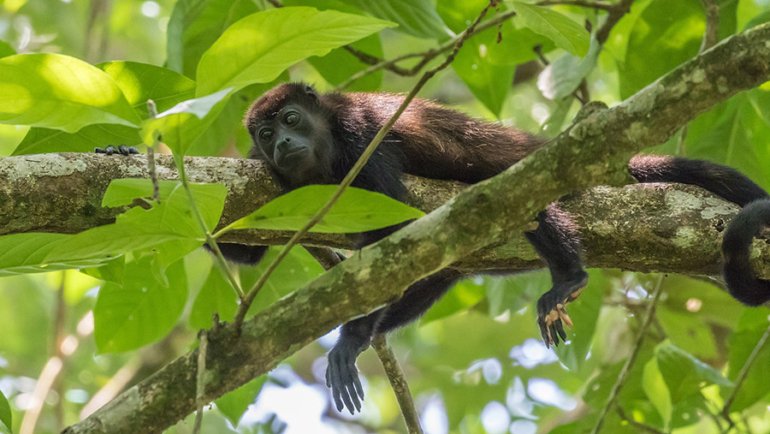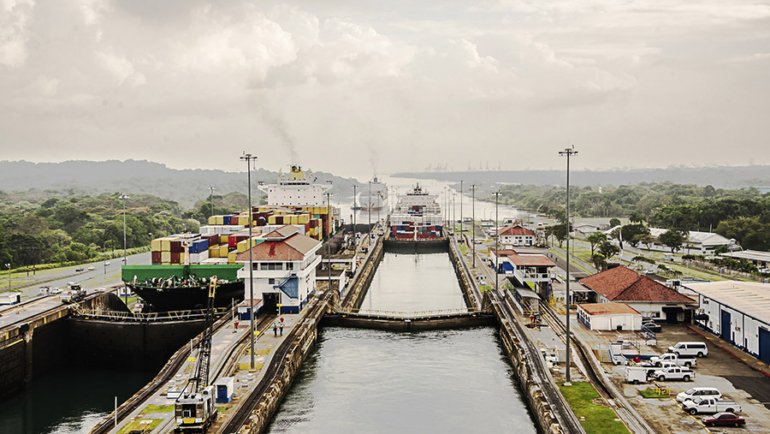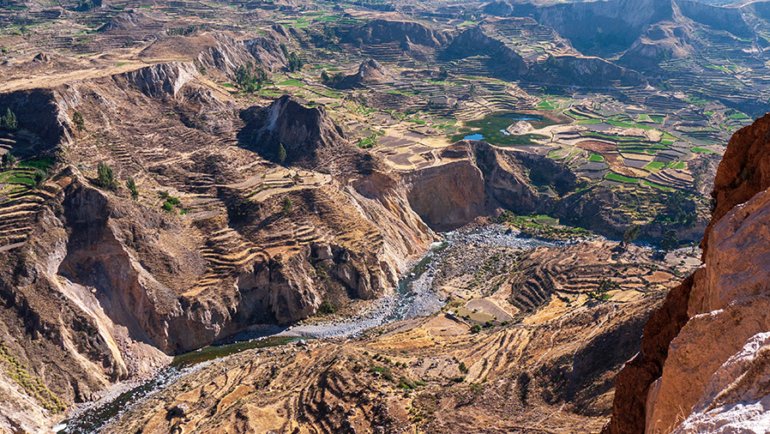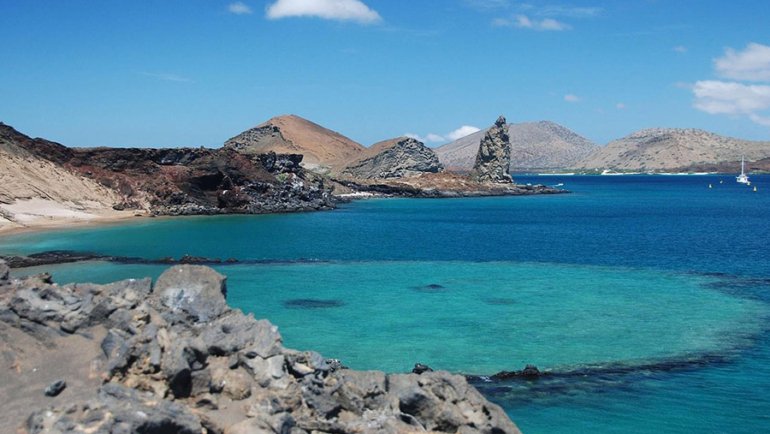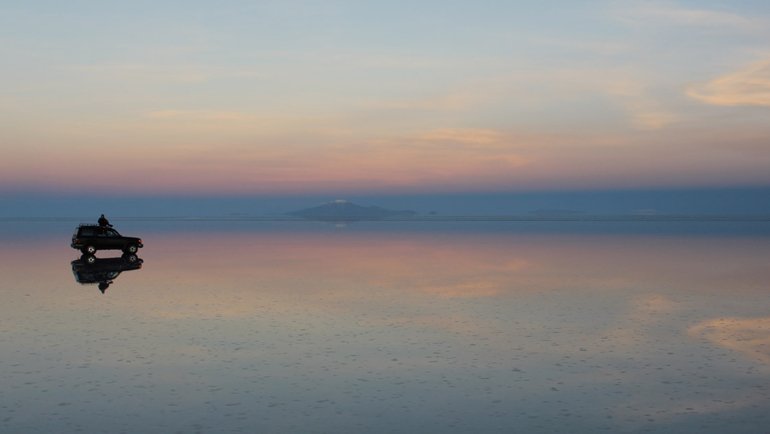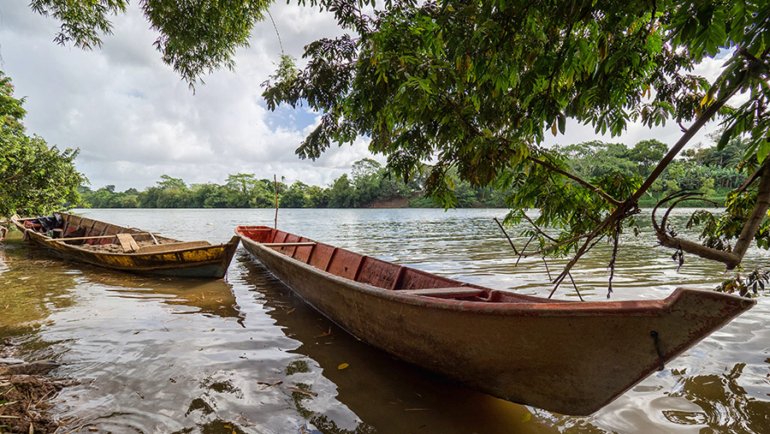Nestled in the heart of Central America, El Salvador might be the smallest country in the region, but it’s packed with a surprising array of natural beauty, rich history, and vibrant culture.
Known as the ‘Land of Volcanoes,’ El Salvador’s diverse landscapes, Mayan ruins, colonial architecture, and flavorful cuisine tell a fascinating story. Here, we’ll delve into 24 things that El Salvador is renowned for, shedding light on what makes this vibrant country so intriguing.
Natural Wonders
1. Santa Ana Volcano (Ilamatepec)
Standing as the highest volcano in El Salvador, the Santa Ana Volcano, or Ilamatepec as it is locally known, is an iconic part of the country’s skyline. Reaching a height of 2,381 meters, it’s not just the tallest, but also one of the most active volcanoes in the country.
Its last eruption was in 2005, and it has had a significant impact on the region’s geology and ecosystems. But despite its volatile nature, it’s a favorite among adventure-seekers. Hikers who brave its slopes are rewarded with breathtaking views of a vibrant turquoise crater lake and sweeping panoramas of the surrounding landscapes.
2. Coatepeque Lake
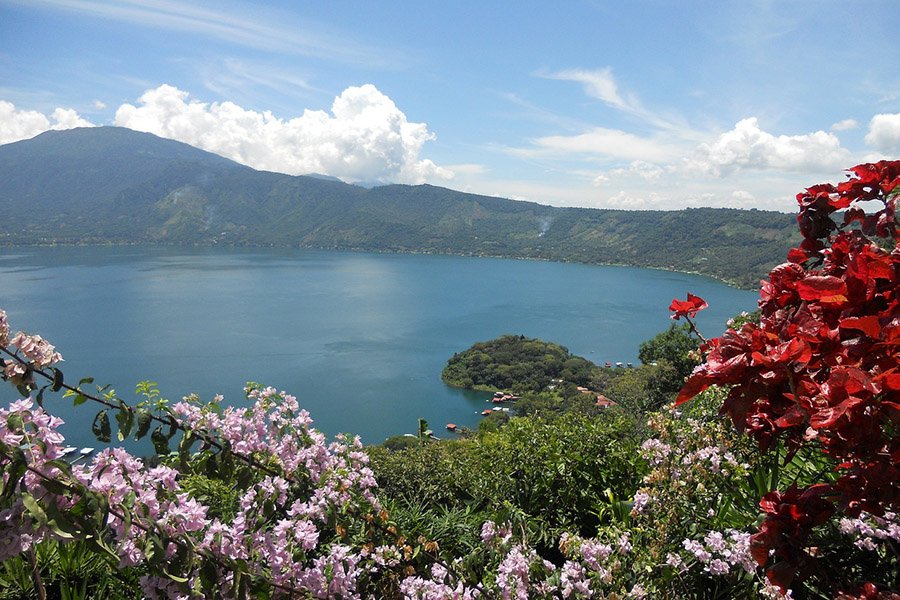
One of the most beautiful natural wonders of El Salvador, Lake Coatepeque, is a large crater lake nestled in the volcanic highlands in the west of the country. This serene body of water spans over 25 km² and was formed by a series of violent volcanic eruptions around 70,000 years ago.
Its strikingly beautiful blue-green waters, surrounded by steep forested hillsides, attract tourists and locals alike. Here, you can enjoy a variety of water sports, including boating and jet-skiing, or savor the tranquillity from the lakeside restaurants.
3. El Imposible National Park
The El Imposible National Park, named after a perilous mountain pass, is a must-visit destination for nature lovers. Declared a national park in 1989, it spans approximately 5,000 acres and is home to an incredible array of biodiversity, with many endemic and endangered species. It’s also the catchment area for eight rivers, providing vital water resources for surrounding communities.
Here, you’ll find hiking trails winding through dense rainforests, leading to stunning vistas of the Pacific Ocean. It’s not just a haven for hiking and wildlife viewing, but also plays a significant role in the country’s conservation efforts.
4. Tazumal
As the country’s most famous Mayan ruin, Tazumal offers visitors a unique opportunity to step back in time. Located in the town of Chalchuapa, this archaeological site dates back to around 100 AD and was occupied until the Spanish Conquest in the 16th century.
The site includes an array of structures, including step pyramids, palaces, and a ball court, all indicative of a once-thriving civilization. Tazumal holds significant cultural and historical value, providing insight into the ancient Mayan civilization’s architectural, societal, and ritual practices.
Historic and Touristic Landmarks
5. Joya de Cerén
Joya de Cerén, a UNESCO World Heritage site, offers an extraordinary glimpse into the everyday lives of Central America’s agricultural communities over a thousand years ago. This well-preserved village was buried under volcanic ash from the Loma Caldera in AD 600 and remained undiscovered until 1976.
Excavations have uncovered various structures, including residences, workshops, kitchens, and communal buildings, complete with artifacts of daily life. This archaeological site, often referred to as the “Pompeii of the Americas,” is a compelling testament to pre-Hispanic farming communities’ resilience and adaptability.
6. National Palace

Located in the capital city of San Salvador, the National Palace is an emblematic structure that serves as a testament to the country’s architectural grandeur. Built in 1911, the palace is characterized by its four grand courtyards and elegant neoclassical design. Today, it’s home to various government offices and a museum that showcases the history of El Salvador’s government.
7. San Salvador Cathedral
The Metropolitan Cathedral of the Holy Savior is one of the most significant architectural landmarks in El Salvador. Located in the heart of San Salvador, the cathedral boasts a unique mix of architectural styles, from the neoclassical facade to the Romanesque and Gothic influences in its interiors.
The cathedral is also known for housing the crypt of Monsignor Óscar Romero, a prominent human rights activist and religious leader.
8. Route of the Flowers
Stretching across 36 kilometers between Sonsonate and Ahuachapán, the Route of the Flowers is a scenic journey through coffee plantations, colorful towns, and natural attractions. The route, named for the wildflowers that bloom along the road between October and February, passes through several charming towns known for their vibrant weekend food festivals, art, and culture.
Cultural Treasures
9. Pupusas
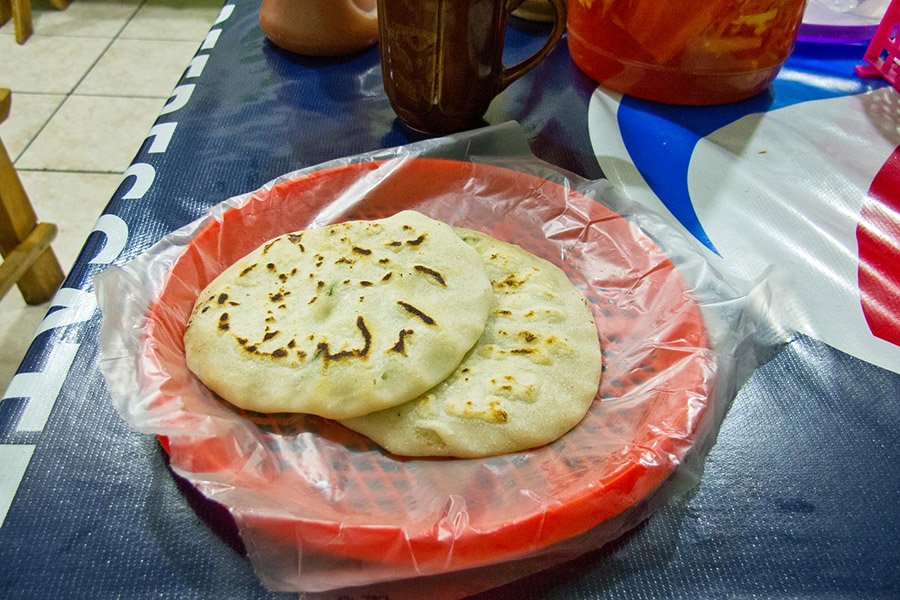
As El Salvador’s national dish, pupusas hold a special place in the country’s culinary culture. These thick, stuffed tortillas are typically filled with a blend of cheese, beans, and ground pork, then grilled to perfection. Every second Sunday of November, Salvadorans celebrate National Pupusa Day, showcasing the dish’s significance in their cultural identity.
10. La Palma Art
This distinct art style, originated in the town of La Palma, is synonymous with El Salvador’s cultural identity. The La Palma Art movement was led by Fernando Llort, who developed a simple, colorful, and symbolic style. Today, this folk art decorates everything from murals to handicrafts and is recognized globally as a symbol of Salvadoran culture.
11. Traditional Festivals
El Salvador is renowned for its vibrant traditional festivals, combining indigenous, African, and Spanish influences. The August Festival, celebrating the country’s patron saint, the Divine Savior of the World, features religious processions, traditional dances, and food fairs.
Similarly, the Bolas de Fuego (Balls of Fire) festival is a unique tradition in Nejapa, where locals commemorate a volcanic eruption by throwing flaming balls at each other.
12. Traditional Dress
The typical Salvadoran dress, also known as ‘ropa tipica,’ reflects the country’s cultural heritage. Women’s attire often includes a cotton blouse (huipil) and a long skirt, adorned with colorful designs, while men wear white cotton pants and a hat.
Popular Food and Drink
13. Salvadoran Cuisine
Salvadoran cuisine is a flavorful mix of Native American and Spanish influences, featuring corn, beans, and pork as staple ingredients. Besides pupusas, other popular dishes include yuca frita, a crispy fried cassava served with pickled cabbage and chicharrón, and tamales, a dish of steamed corn dough filled with meats or sweet fruits.
14. Elote Locos
A popular street food, Elote locos or ‘crazy corn’ is a savory, sweet, and spicy dish. A corn cob is boiled, skewered, then topped with a tangy mix of mayonnaise, ketchup, mustard, and Worcestershire sauce, and sprinkled with hard cheese. It’s a must-try for adventurous foodies!
15. Seafood
Thanks to its coastal geography, El Salvador is known for its seafood. A popular dish is the ‘sopa de pescado’, a hearty fish soup with tomatoes, bell peppers, and spices. ‘Ceviche’, raw fish cured in citrus juices and spiced with chili peppers, is also a favorite.
16. Horchata and Other Drinks
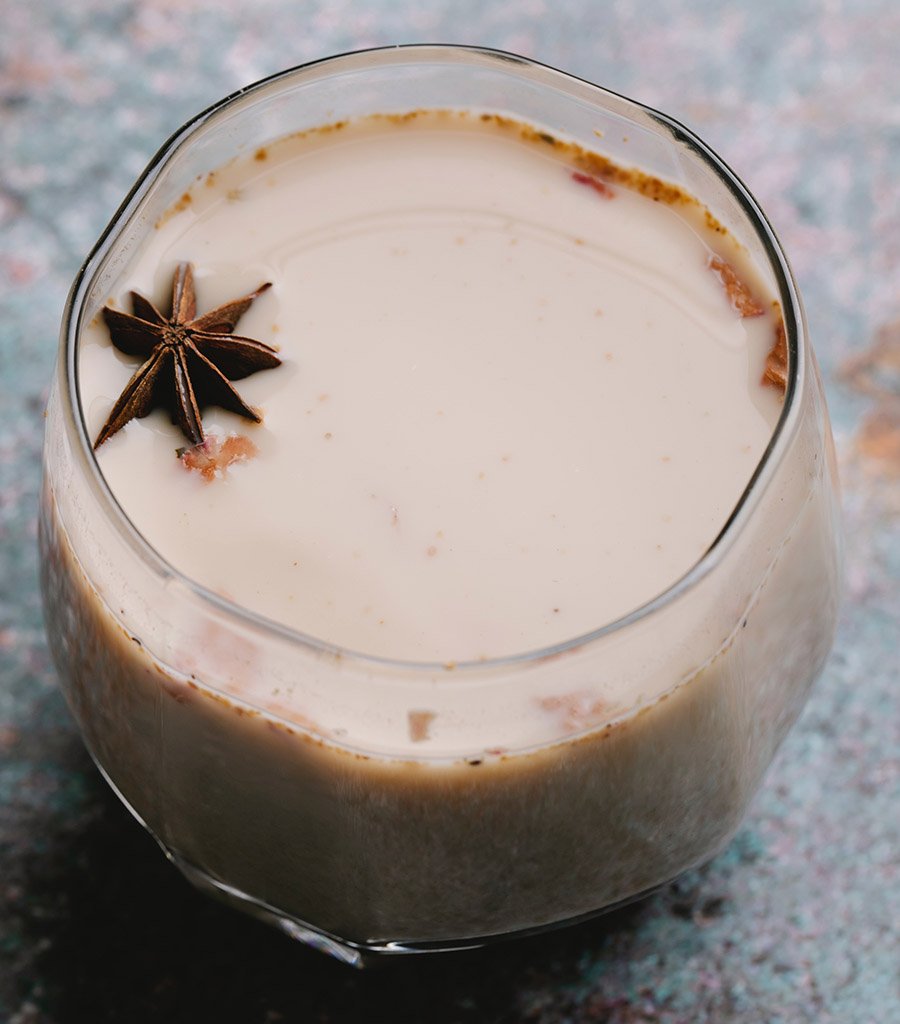
Horchata, a sweet, creamy beverage made from morro seeds, is a typical Salvadoran drink. Additionally, ‘refresco de ensalada’, a fruit salad drink, and ‘chicha’, a fermented corn beverage, are also popular. El Salvador is also known for its coffee, producing high-quality Arabica beans that are exported worldwide.
Influential People
17. Archbishop Óscar Romero
Óscar Arnulfo Romero y Galdámez was a prominent Roman Catholic priest and Archbishop of San Salvador who became an outspoken critic of the military regime during the Salvadoran civil war. He used his sermons and radio broadcasts to speak out against poverty, social injustice, and torture. In 1980, he was assassinated while celebrating Mass, and in 2018, Romero was canonized as a saint by the Catholic Church.
18. Roque Dalton
Dalton is one of Latin America’s most important and controversial poets. His work, known for its revolutionary themes and biting satire, was deeply influenced by his life experiences, including his involvement in political movements, imprisonment, and eventual assassination by his own guerrilla group.
19. Claudia Lars
Born as Margarita del Carmen Brannon Vega in Armenia, El Salvador, Claudia Lars was one of the most important voices in Latin American poetry in the 20th century. Her poetry is known for its delicate, lyrical beauty, exploring themes like love, nature, and the experience of being a woman.
20. Jorge “Mágico” González
Recognized as one of the best footballers in Central American history, Jorge “Mágico” González is a national icon in El Salvador. Known for his exceptional skill and flamboyant style of play, he had a successful career both in his home country and in Spain.
Notable Inventions/Discoveries
21. Indigo Production
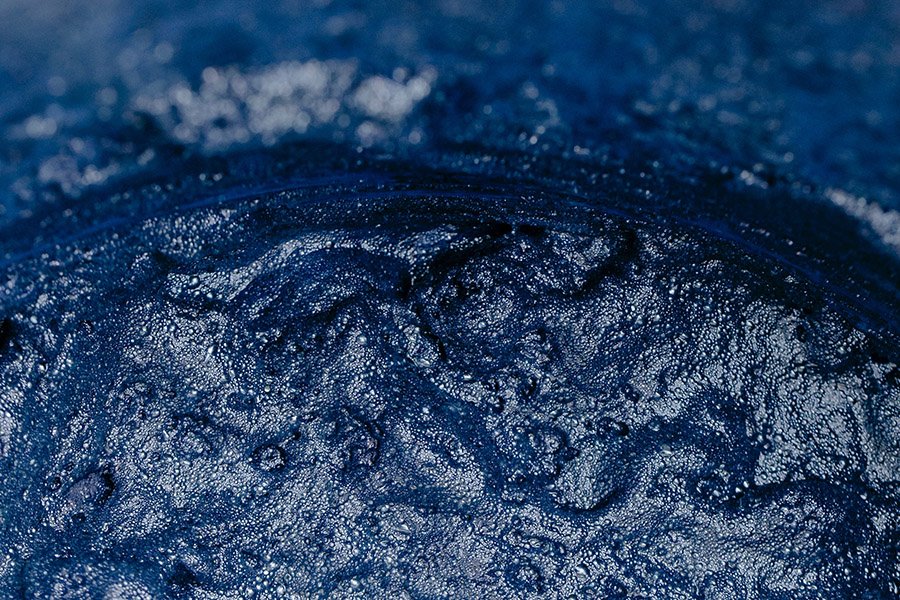
El Salvador has a rich history of indigo production, dating back to pre-Columbian times. The indigenous Pipil people developed sophisticated techniques for extracting the blue dye from the indigo plant, which they used for textile and artistic purposes. Today, the country is experiencing a resurgence of this ancient craft, with artisans and fashion designers embracing the traditional dyeing methods.
22. Pre-Columbian Artifacts
Archeological digs in El Salvador have uncovered a rich array of pre-Columbian artifacts, providing a window into the ancient civilizations that once inhabited the region. These include the Joya de Cerén, a farming village preserved remarkably well under a volcanic ash deposit, and the Tazumal, an important Mayan archaeological site with impressive step pyramids.
23. The Pupusa
While not an invention in the traditional sense, the creation of the pupusa, El Salvador’s national dish, deserves mention. This humble but delicious food, consisting of a thick corn tortilla stuffed with a variety of fillings, is a product of culinary ingenuity that has been part of Salvadoran culture for centuries.
24. Revolutionary Poetry
Salvadoran writers, most notably Roque Dalton and Claudia Lars, have contributed significantly to the genre of revolutionary poetry. Their works, filled with political commentary and social critique, have inspired countless readers and have influenced subsequent generations of Latin American poets.
Economic Contributions
25. Coffee Production
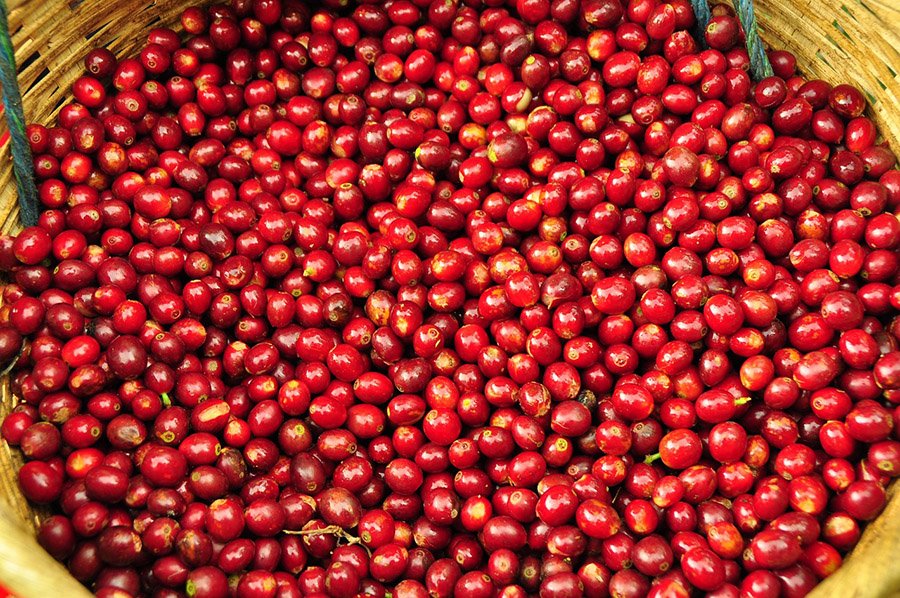
For over a century, coffee has been the backbone of El Salvador’s economy. Despite being the smallest country in Central America, it’s a significant player in the global coffee market, known for producing high-quality, shade-grown Arabica beans. Salvadoran coffee is celebrated for its bright acidity, medium body, and distinct flavors.
26. Textile Industry
El Salvador’s textile and apparel industry is a key sector of its economy, employing a substantial part of the workforce and generating significant export revenue. The country produces a variety of textile goods, including knit and woven apparel, for international markets.
27. Sugar Cane Industry
El Salvador is a significant producer of sugar cane, which is used for the production of sugar, ethanol, and other by-products. The country’s sugar industry plays a crucial role in its economy, providing jobs in agricultural and industrial sectors and contributing to export earnings.
28. Remittances
One unique aspect of El Salvador’s economy is the substantial role played by remittances – money sent home by Salvadorans living abroad, particularly in the United States. These remittances represent a significant portion of the country’s GDP and are a crucial source of income for many households.
Sports and Recreation
29. Football
Football, or soccer, is the most popular sport in El Salvador. The national team, known as La Selecta, has a devoted following. Notable players, such as Jorge “Mágico” González, have gained international fame. The local leagues also enjoy widespread popularity, with Club Deportivo FAS and Águila being among the top teams.
30. Surfing
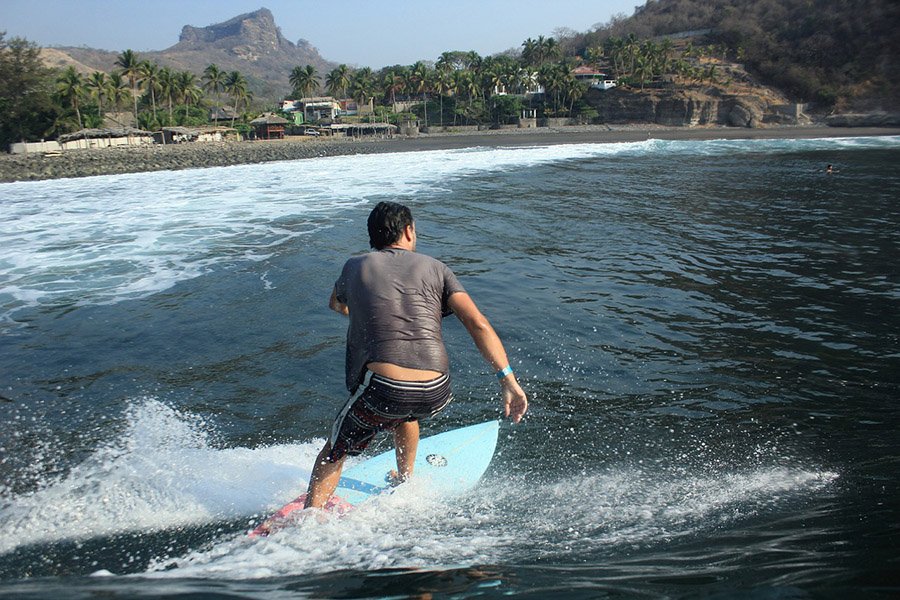
El Salvador’s Pacific coastline is home to some world-class surfing spots. Punta Roca and El Sunzal are among the well-known surfing destinations that attract both locals and international visitors. In recent years, surfing has significantly contributed to the growth of tourism in the country.
31. Cycling
Cycling is a popular recreational activity and sport in El Salvador. The country’s diverse topography, from coastal plains to mountainous regions, offers a variety of terrains for cyclists. The Vuelta Ciclista a El Salvador, a professional road cycling race, is one of the country’s major sporting events.
32. Traditional Games
Traditional games hold a special place in Salvadoran culture. Games like “tripa chuca” (dirty gut), a kind of tic-tac-toe played on paper, and “capirucho”, a toy consisting of a cone with a string attached to catch a wooden piece, are common pastimes, especially among children.
Education and Innovation
33. Literacy Programs
El Salvador has made significant strides in improving literacy rates through concerted government programs. The National Literacy Program, initiated in the late 20th century, has significantly reduced the number of adults unable to read or write, contributing to human capital development in the country.
34. Renewable Energy Innovation
The country is also making advancements in renewable energy, utilizing its volcanic activity for geothermal energy production. The Ahuachapán and Berlín geothermal fields are testament to the country’s innovation in clean energy.
Famous Celebrations/Festivals
35. Semana Santa (Holy Week)
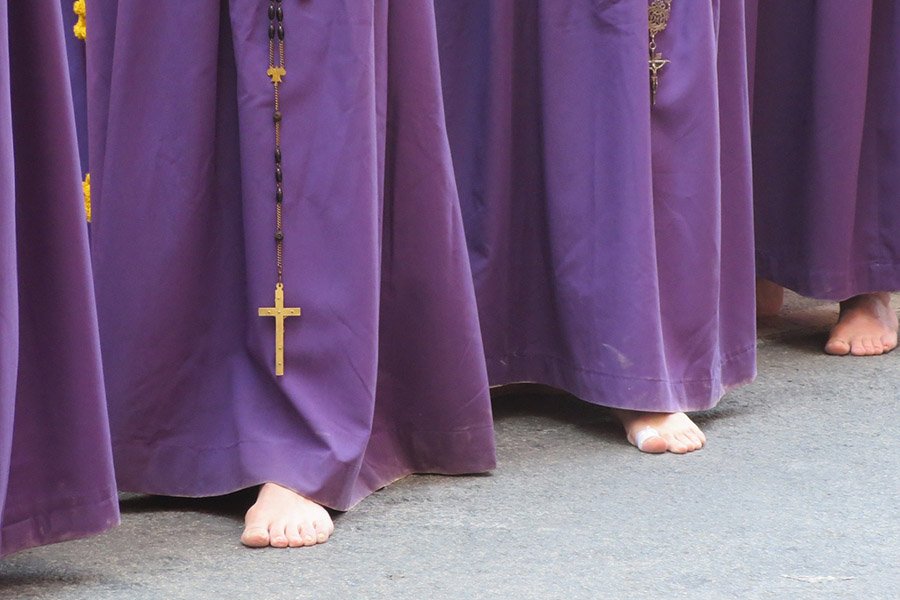
This religious festival is celebrated with fervor across the country. Processions, re-enactments of biblical events, and the creation of elaborate ‘alfombras’ (carpet-like artworks made from colored sawdust) are some highlights of the week leading up to Easter.
36. Festival of El Salvador’s Patron Saint
Each year in August, the capital city of San Salvador comes alive with the Festival of El Salvador’s Patron Saint. This celebration includes parades, dancing, and music in honor of the Divine Savior of the World.
37. Day of the Dead
A day for remembering and honoring those who have passed, families visit cemeteries to decorate the graves of their loved ones with flowers, and celebrate their memories with food and music.
Final Thoughts
With its vibrant mix of natural beauty, rich culture, historical landmarks, popular sports, and distinctive celebrations, El Salvador presents a compelling tapestry that offers something for everyone.
Whether it’s the lure of ancient ruins, the charm of traditional cuisine, the appeal of friendly football rivalries, or the sanctity of revered celebrations, the country’s features and attributes ensure that El Salvador holds a special place in the heart of Central America.
